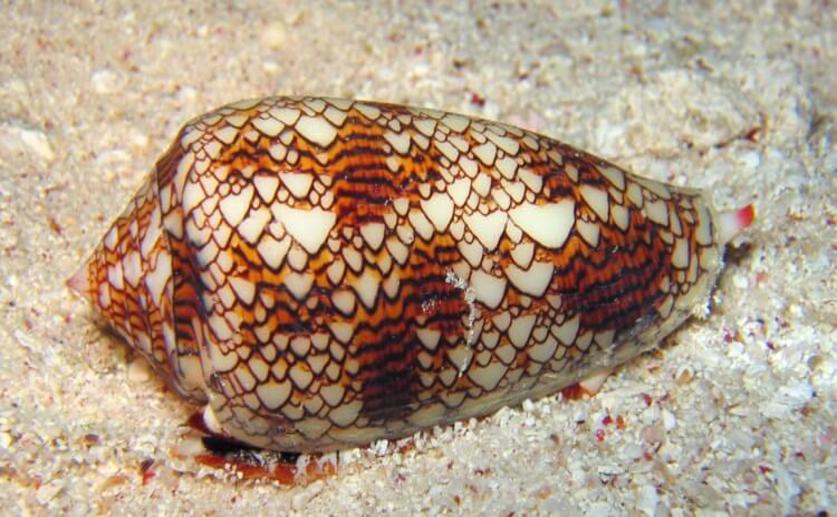
This archived news article is over 5 years old.
Cone Snails Use a Special Form of Insulin, Researchers Are Using the Findings to Improve Synthetic Insulin Compounds
Elizabeth Fox
12th September, 2016


Elizabeth Fox
12th September, 2016
